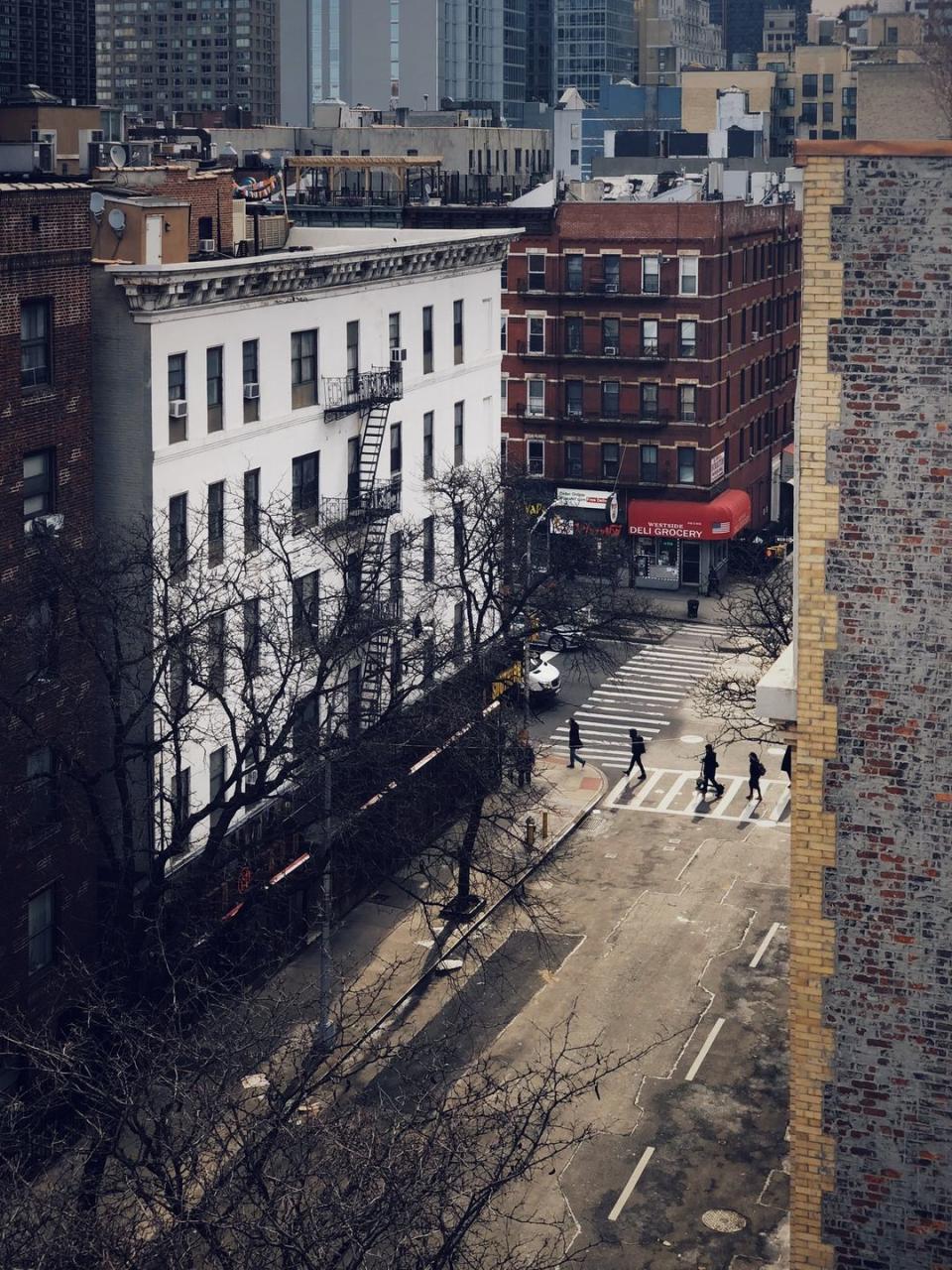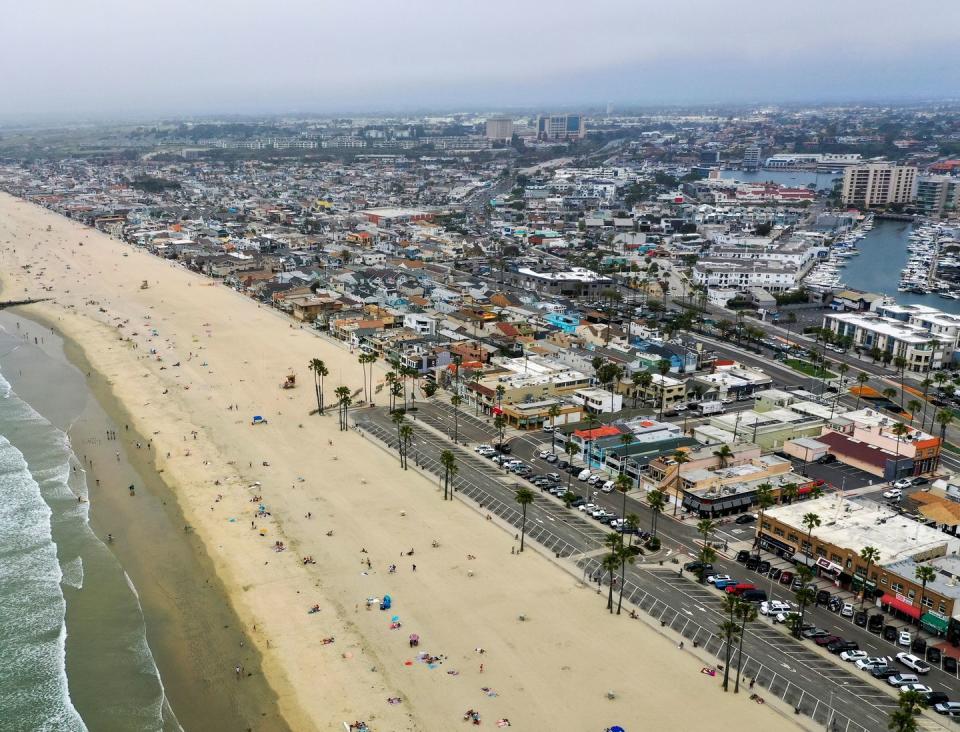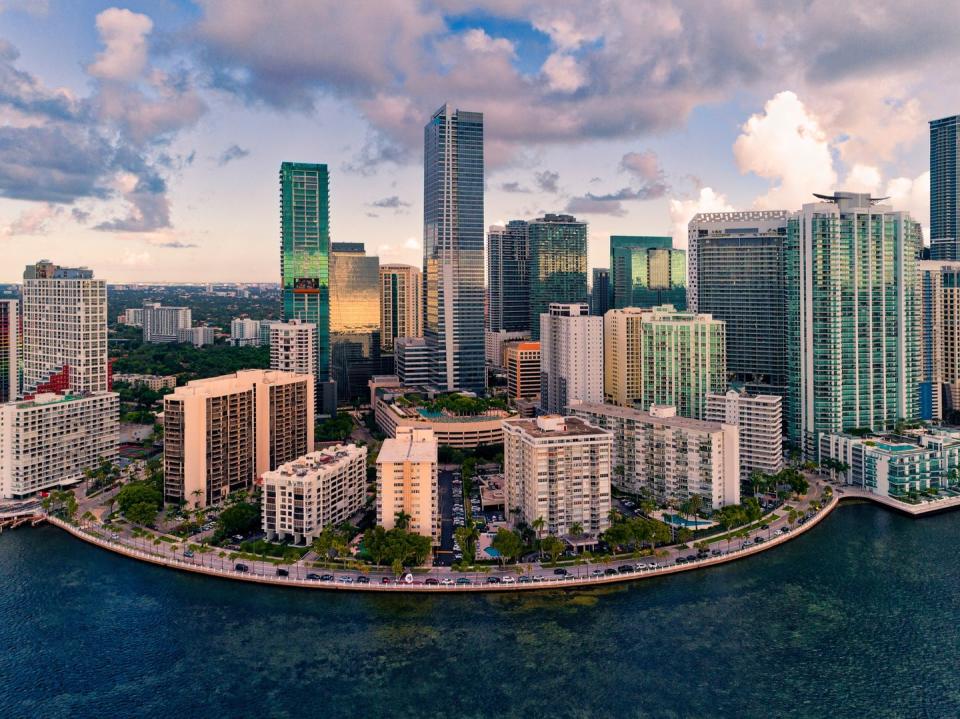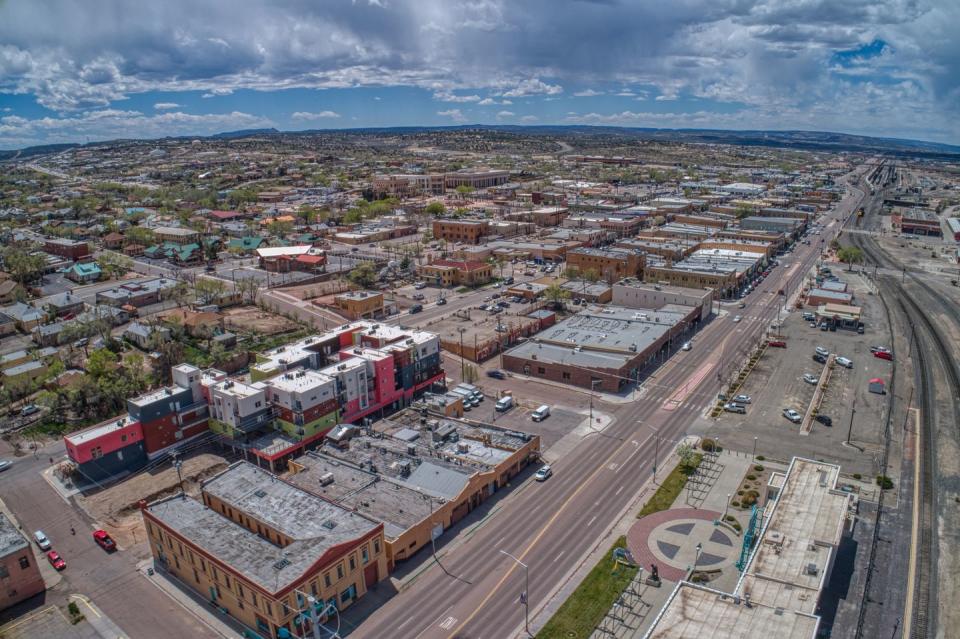How Race, Class, and Geography Keep Some People From Great Workouts

Photograph and animation by The Voorhes.
LOSE THE POTBELLY. That was Flagumy Valcourt’s fitness goal to start 2020. A 35-year-old Brooklynite overburdened by the 225 pounds on his five-nine frame, Valcourt had to manage a chaotic work schedule as an NYPD field intelligence officer. So no, he couldn’t clock out early every day and head to the last class at the Sheepshead Bay kickboxing gym—a 30-minute drive from where he worked.
Once or twice a week, he did manage to make it to kickboxing, the fitness activity he actually enjoyed. Other nights, he’d trek to Blink Fitness, a 15-minute walk from his Coney Island home, and slog through 90 minutes of self-guided weight training. A top trainer would have told Valcourt that a shorter session could help him reach his goals. Alone in a gym he didn’t like, he thought long workouts were his road to weight loss. Three months in, though, his waistline wasn’t shrinking, but after he’d spent $330 on gym memberships, his wallet was. “I couldn’t keep it up,” he says. He quit.
You might want to blame Valcourt for a lack of gym motivation, because #noexcuses. Yet for millions of Americans, working out isn’t as simple as hitting the gym or doing 100 morning burpees. As many as 50 percent of people who start a fitness program don’t keep it up, and this is a more systemic problem than you may think.
In some areas, weight rooms, yoga centers, and spin studios are flourishing, but in other areas—call them fitness deserts—there are few if any places to work out.

Physical proximity to a gym is important. It’s much easier to stick to a routine if you’re close to your gym, which is why 70 to 80 percent of gymgoers live within a 12-minute home or office commute of their gym, according to the International Health, Racquet, and Sportsclub Association (IHRSA). Access to great trainers and teachers is vital, too. Yes, you can train anywhere, but research has shown that enjoyment of your routine helps you maintain it. So fun fitness options, whether in group classes or with innovative trainers, are a huge asset.

In fitness deserts, one or both of these characteristics—access to facilities and good guidance—are absent, leaving many struggling to sustain routines, much less start from a dead stop. These deserts can appear anywhere, but they harm low-income and marginalized communities most, partly because those groups face other systemic gym deterrents.
Add it all up and you have an underrated factor in the nation’s collective health downturn. The U. S. obesity rate reached 42.4 percent in 2018, the most recent year for which the CDC has data. That marked the first time the obesity rate was more than 40 percent—and it’s just one way the fitness deserts are causing damage.
The Anatomy of a Fitness Desert
ACCORDING TO A three-year study of the 500 largest U. S. cities by the CDC and state health departments, the percentage of adults who describe themselves as having participated in no leisure-time physical activity within at least the past month ranges from 12.9 percent in Newport Beach, California, to 45.4 percent in Camden, New Jersey. In New York City, the rate is 30 percent.

When the data is filtered for race, Hispanics (31.7 percent) and non-Hispanic Blacks (30.3 percent) fare far worse than non-Hispanic whites (23.4 percent). Both populations—as well as Asian Americans and Native Americans—are at greater risk than non-Hispanic whites for diabetes, high blood pressure, and heart disease.
Blacks (49.6 percent) and Hispanics (44.8 percent) also exceed the national obesity rate of 42.4 percent. This all comes despite increasing racial and ethnic diversity in major cities, which generally feature plenty of physical-activity options, ranging from the high end (posh gyms, group fitness studios) to the free (bike paths, parks). Then again, experts hint that these facilities aren’t always accessible. “The context matters,” says Geoffrey Whitfield, Ph.D., an epidemiologist with the CDC focusing on physical activity and public health. “And that’s something we don’t get with these really big health surveys, because we just don’t have the time to ask people.” Sidewalks, for example, encourage you to be active. But if they’re not well lit at night, or if they’re historically unsafe, will you use them?
Green space is often key in low-income communities, because it offers a training area free of monthly membership fees—and yet it’s missing in some of the nation’s most diverse cities, even those known for their gym culture. Miami, which is 89.3 percent nonwhite, has a 67.4 percent obesity rate, and only 12 percent of its high school students attend daily physical-education classes. There’s less room to work out in Miami than you would imagine. Its citizens have just 166 square feet of green space per person, second worst in a 2019 Geotab study of 15 major cities. The city with the least green space in the study: New York City. Home to a 67.9 percent nonwhite population, it has 146 square feet of green space per person.
Fifty-seven percent of New Yorkers are either overweight or obese. Viewed through this lens, Valcourt’s struggles make sense. New York’s five boroughs have 21 SoulCycles and five Rumble boxing studios but only one full-service gym within the IHRSA-referenced 12-minute travel time for Valcourt.

That four of the five cities with the least green space per person in the Geotab study (New York City, Boston, Chicago, and Miami) have majority nonwhite populations ought to be entirely unsurprising, thanks to an American legacy of culturally biased urban planning. From 1872 through the end of World War II, national parks were segregated spaces. Robert Moses, one of the godfathers of urban planning, designed and directed the construction of low bridges on Long Island parkways, in effect preventing urban people of color from taking buses to beaches. In Minneapolis, where Black Lives Matter demonstrations arose in the wake of George Floyd’s police murder, the most desirable green spaces were ringed by residential districts that redlined people of color, blocking them from living there. Further dissect green spaces and you’ll learn that in Los Angeles, people on the wealthy west side of town boast 42.8 square feet of park space per person while lower-income L. A. south-siders have 23.9 square feet per person, smaller than a typical hotel bathroom.
Those desperate for quality workouts can travel beyond their neighborhoods, making the lengthy treks to the more prominent, more specialized gym experiences they want. Their reward is a good sweat—and, all too often, reminders that they’re outsiders in those spaces.
How Fitness Deserts Hurt Marginalized Communities
FREQUENTLY, IT'S LEFT to people within marginalized communities to craft their own desert oases. Sometimes they come in the form of organized group workouts, as Loren Anthony has done for the Navajo on reservations in New Mexico and Arizona. On other occasions, minority trainers open their own gyms, as Jason Burns did in Chicago’s historically Black Bronzeville district.

But even these efforts meet roadblocks, because the fitness-training industry has long been influenced by structural racism. Just 18.4 percent of recreation and fitness workers are nonwhite, according to the Bureau of Labor Statistics. This figure speaks to how minorities are viewed in a looks-driven industry that’s frequently powered by the media’s unrealistic, often problematic depictions of strength. According to one 2016 study, Men’s Health was once part of the problem: The International Review for the Sociology of Sport evaluated every issue of the British edition of the magazine from 2011, studying them from cover to cover, and found that white physiques were represented as “idealised masculine types,” goals for readers. Black physiques were “spectacular, violent and hyper-masculine,” in varying degrees, and often depicted in extraordinary poses that could seem less attainable. It’s no wonder that a separate small research study showed that fitness clients are repeatedly influenced by body type and race—making it increasingly likely that clients will favor white trainers. This all may contribute to trainers of color having fewer opportunities.
The industry-wide lack of diversity stealthily embeds itself in the minds of some minorities, causing them to question whether they can survive in fitness.
And if they already face diminished opportunities to gain clients, should they even seek legitimate fitness-trainer certification, which can cost anywhere from $400 to $2,000? That certification is only the beginning. Top trainers typically pursue other certifications and courses, broadening their knowledge of such things as mobility training (Kinstretch), kettlebells (StrongFirst), and battle roping (Kettlebell Kings). That allows them to offer you less repetitive workouts, which can help keep you on track. The cert classes are often only available in major cities, and once again, cost is prohibitive.
And none of those certs guarantee you a job—or your own gym, because of prejudicial obstacles in the loan-securing process. Yusuf Myers, a Black trainer, experienced this after deciding he wanted to open a gym, PRX, in New York City. Myers, 38, first talked about opening his own gym in 2007, but he was refused several bank loans. It wasn’t until 2013 that he had the capital to open PRX, after years of training clients one-on-one. In those instances, he frequently code-switched (the practice of changing one’s speech around others of different races and ethnicities, a social tactic that 40 percent of Black and Hispanic adults use, according to 2019 Pew research). “You have to kind of be a chameleon,” Myers says, “and make people feel comfortable.”
Myers isn’t the only Black trainer who has to alter his demeanor among non-Blacks. Stanley Crump, who owns Okinawan Karate Dojo in Ellicott City, Maryland, spent his early career playing down his “boss” status. “Because I was so busy, it’d take them a while to connect the dots,” he says, “before they’d kind of look me up and say, ‘Oh, wow. You’re the owner.’ ”
How Trainers Are Eliminating Fitness Deserts
THE GEOGRAPHY OF this barren fitness landscape is shifting, thanks to the efforts of trainers of color. Collectively, they’re slowly democratizing fitness, making it accessible to their own marginalized communities—and anyone else struggling to get fit.
The gym shutdown forced by the coronavirus has actually helped in some ways. For years, Myers and other trainers of color have been hustling on social media and on workout apps, delivering fitness that can thrive in any desert. Now masses go to Instagram, searching for trainers and guided workouts.
This has presented an opportunity. With online platforms, Black men can dive into yoga with Changa Bell’s Black Male Yoga Initiative, and Asian Americans can draw inspiration from Gina Bontempo’s beginner-friendly workouts. Yes, new microaggressions happen, for both communities and trainers of color, but Myers believes the platforms can still help circumvent fitness deserts.
It was on Instagram, after all, where Valcourt discovered Myers in March. In the past eight months, he’s trained with Myers online, dropping to 192 pounds. “Every week, he has a different challenge, which makes you set different goals,”
Valcourt says. “It keeps you coming back.”
You Might Also Like
